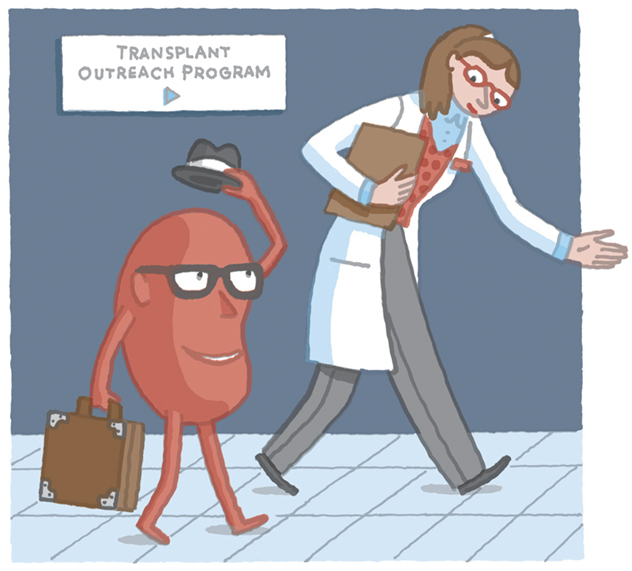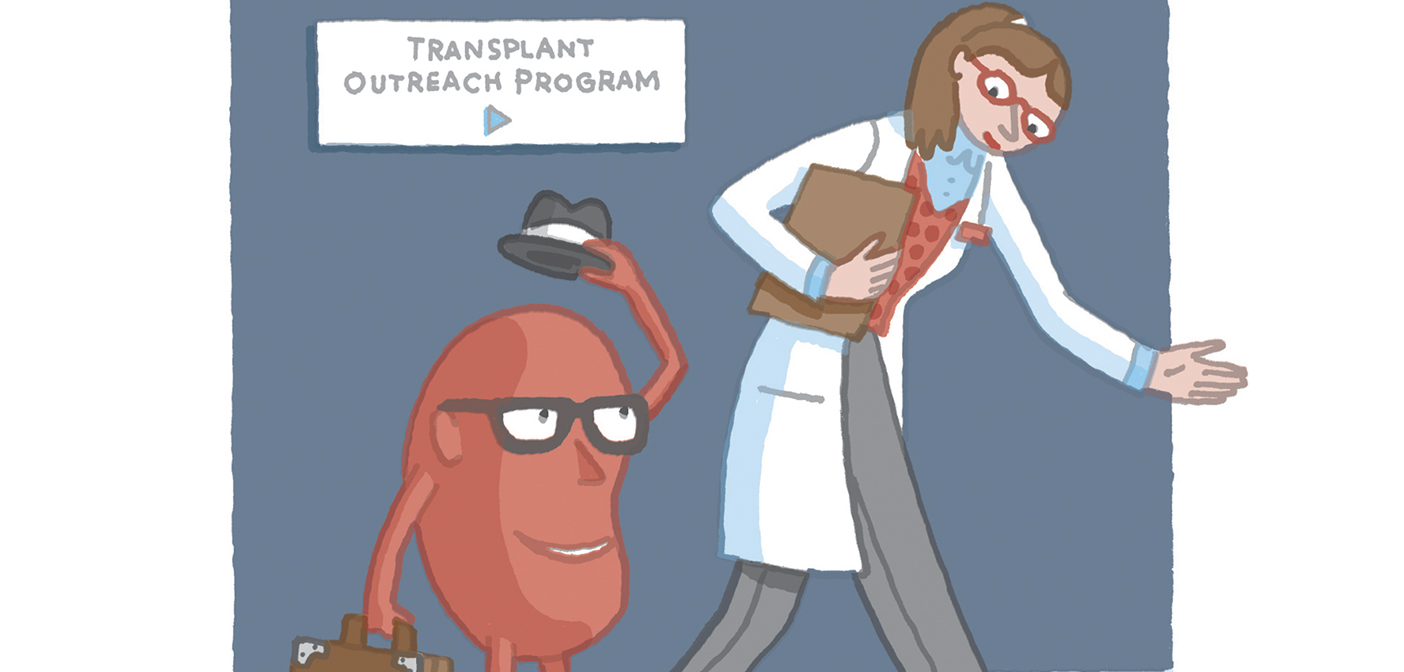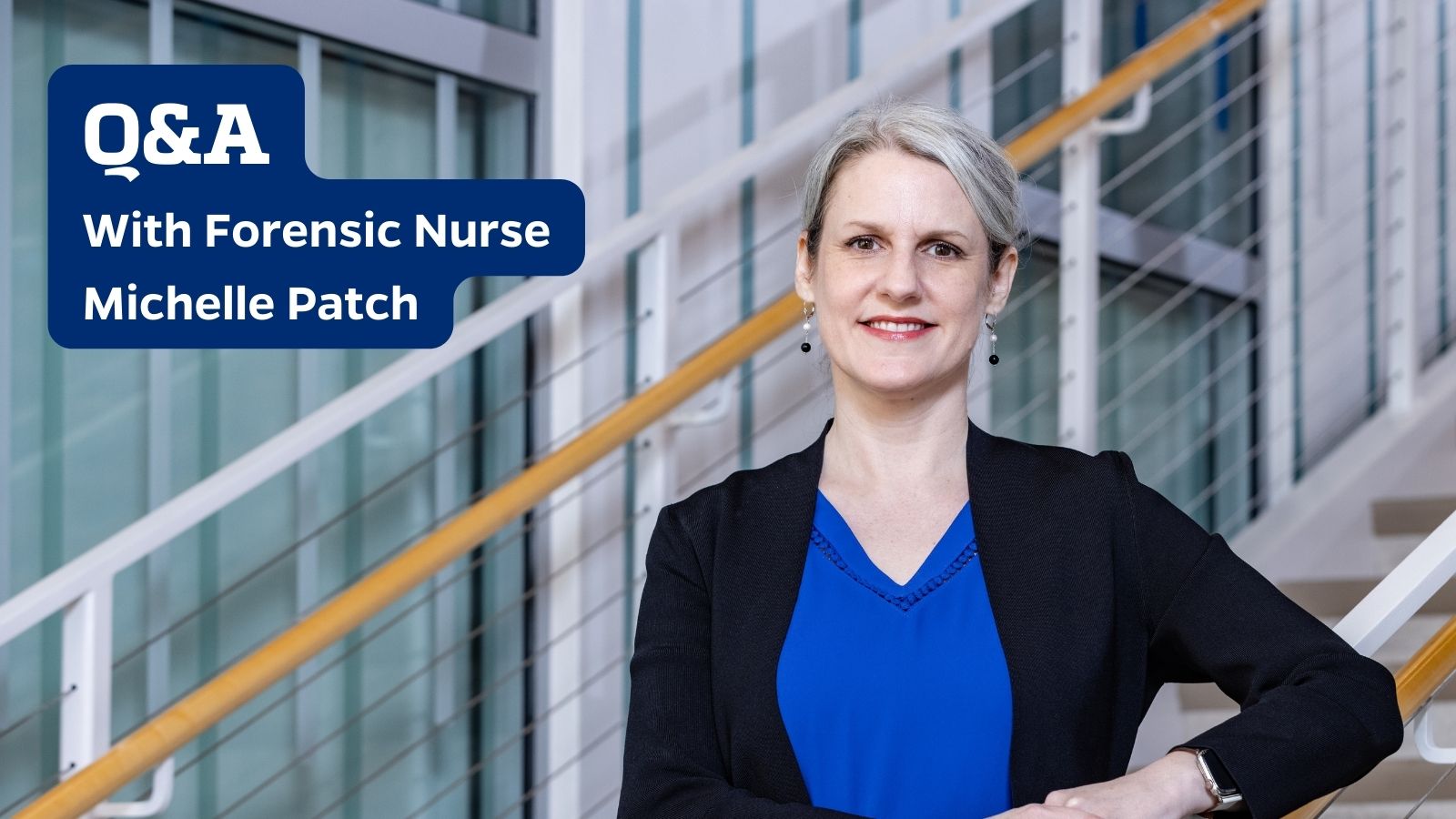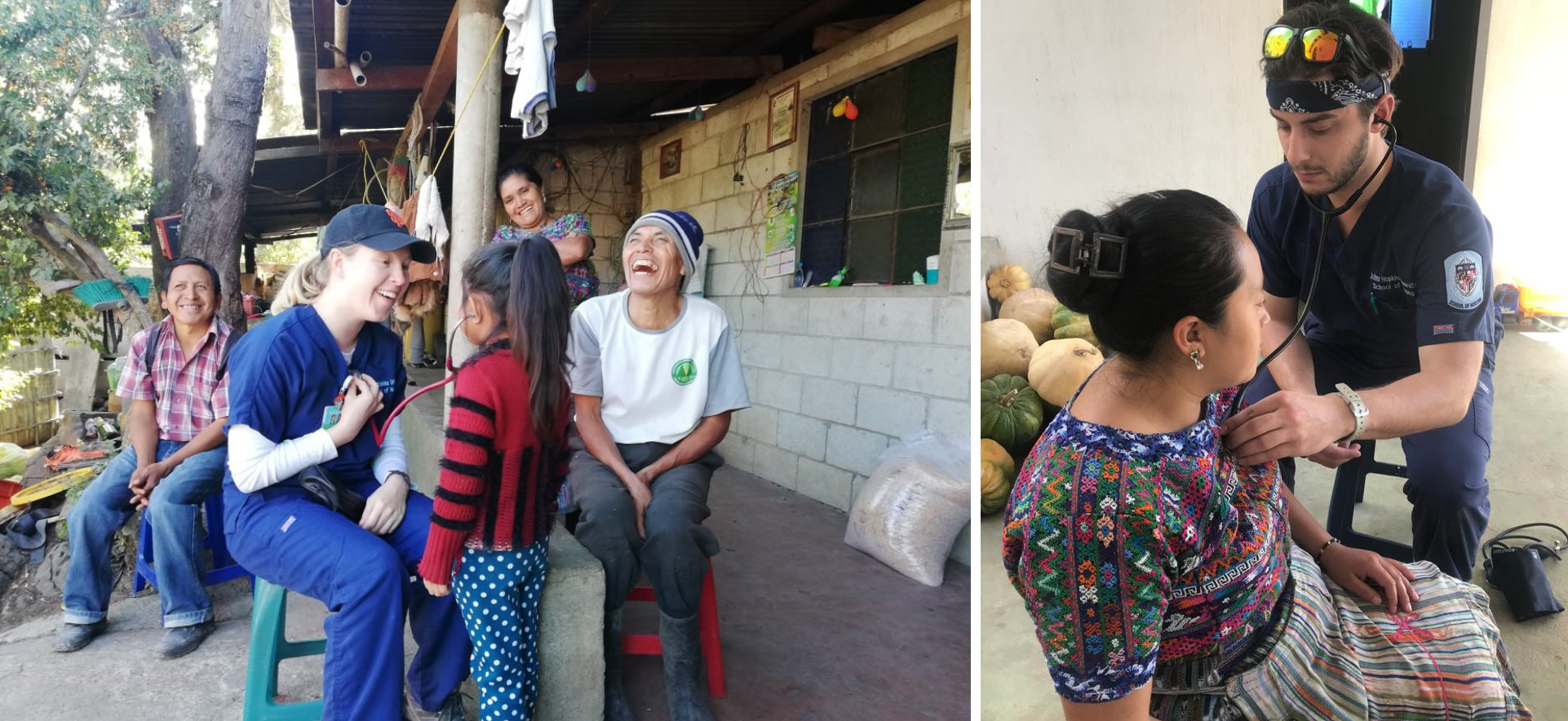Outreach nurses spread the word to ease disparities and save lives

Illustration by Greg Clarke
Over 120,000 Americans are currently in need of a life-saving transplant; 101,000 of them need a kidney. Over half are African-American or Hispanic, despite the fact that only just a bit over one-third of Americans are African-Americans or Hispanic.
Two years ago, Johns Hopkins staff took a long, hard look at the data and decided to do something. “When we looked at the demographic data for this
area, we realized that there are a very high number of patients who are on dialysis—meaning they have kidney failure—who are not getting transplanted. They’re not even on the waiting list for transplants,” says Brigitte Sullivan, MBA, administrative director of the Johns Hopkins Comprehensive Transplant Center. “We saw it as a real health disparity issue and decided to intervene.”
The result: the Johns Hopkins Transplant Outreach Program, headed by dedicated Johns Hopkins nurses.
Spreading the Word
Johns Hopkins Medicine and The Johns Hopkins Hospital have long been leaders in transplantation. In 1968, the first kidney transplant in Maryland was performed at Hopkins Hospital. In 1983, its physicians performed the first heart/lung transplant in the mid-Atlantic region and, in 1988, the first liver transplant in the mid-Atlantic region. The world’s first laparoscopic kidney donation was performed here in 1995; other world’s firsts include the first triple domino kidney paired donation in 2004 and the first five-way kidney paired donation transplant in 2005.
The Comprehensive Transplant Center is recognized worldwide as a leader in the field of transplantation, yet too many local people continue to suffer and die from organ failure. The Transplant Outreach Program was established to educate and inform local residents and physicians about transplant options and alternatives.
“When we started, we focused our efforts on southern Maryland counties, D.C., and Northern Virginia, because we could see that’s where the health disparities were the worst,” Sullivan says. “We sent nurses into the community to meet with patients and referring physicians and help them understand what our program offers and how it works.”
Two nurses, Mary Rudolfi, RN, and Allison Brown, RN, now work full-time as nurse navigators with the Transplant Outreach Program. Rudolfi previously worked on the inpatient transplant
unit and as a transplant coordinator, caring for patients both before and after transplantation. Brown worked in the neuro critical care unit; her interest in transplant was piqued when she cared for patients who suffered traumatic injuries and brain death, and ultimately became organ donors.
As nurse navigators for the Transplant Outreach Program, Rudolfi and Brown work directly with patients, families, and health care providers, providing accurate transplant information in one-on-one, personalized conversations.
“Our nurses go to dialysis centers and talk to patients,” Sullivan says. “They’ll ask patients if they’ve heard about transplant and give them a good overview of what it is. They also talk about living donation and how people can become living donors for kidney transplant, and provide them with information about how to be evaluated.”
Hopkins 1st in U.S. Approved for HIV-positive Transplants
Johns Hopkins recently received approval from the United Network for Organ Sharing to be the first hospital in the United States to perform HIV-positive to HIV-positive organ transplants. The announcement follows a two-year effort by Dorry L. Segev, MD, PhD, associate professor of surgery at the School of Medicine, to help draft and push through the 2013 HOPE Act.
Approximately 122,000 people are on the U.S. transplant waiting list at any one time. Thousands die each year without getting an organ. Segev estimates that each year, 500 to 600 HIV-positive would-be donors have organs that could save more than 1,000 people.
Shattering Myths
The outreach nurses spend a lot of their time correcting misconceptions and explaining the logistics of transplantation. Many people still think that advanced age precludes them from consideration for a transplant, for instance, but that’s not necessarily true. Similarly, advances in medical science have expanded the pools of people eligible to donate or receive an organ. Rudolfi and Brown tell people about Hopkins’ incompatible kidney transplant program, which helps people receive transplants even if the donor and recipient are not a perfect match. They also talk about protocols that can be used to increase liver transplant options and outcomes for patients with hepatitis C.
“Telling people about that has helped people who might not have otherwise been transplanted access transplantation, because they know it’s possible,” Sullivan says.
Perhaps most importantly, outreach nurses help patients get on the short list. “There’s a very long wait time for organs in the D.C. area,” Sullivan says. “At Georgetown, the median waiting time for a kidney is five years. Here at Hopkins, because of our specialized protocols, our median wait time is 19 months.”
Just one year after the Transplant Outreach Program’s initiation, referrals for liver patients had tripled. Kidney, blood, and bone marrow transplants were up as well. Rudolfi says the hard work is all worth it: “It is so rewarding when we are able to list a patient and get them transplanted after they were turned down somewhere else.”
From Transplant Patient to Transplant Nurse
When Clint Burns, RN, was 25, he received a liver transplant at The Johns Hopkins Hospital. Up until that point, he had been ill more than he’d been healthy. His transplant changed everything, immediately. “I went from being terminally ill to being cured,” says Burns.
Three months later, he started nursing school. Upon graduation, he accepted a job at Hopkins Hospital, working alongside nurses who had cared for him a few years earlier. Today, he’s the in-house coordinator for organ and tissue donation.
“I’m a liaison between our organ procurement organization, Living Legacy Foundation, and the hospital,” Burns explains. “My role is to make sure the staff is aware of the donation process. I can also clinically manage donors and have the donation conversation with families, if needed. A big part of my job is transcending protocols and policies, and inspiring and educating people.”
![]() To see a video of Clint, visit magazine.nursing.jhu.edu/clintb
To see a video of Clint, visit magazine.nursing.jhu.edu/clintb

 Forging Policy: How Can Doulas Improve Black Maternal Health?
Forging Policy: How Can Doulas Improve Black Maternal Health? No. 1 Rankings for the School of Nursing and a Pipeline to the “Best Jobs”
No. 1 Rankings for the School of Nursing and a Pipeline to the “Best Jobs” Q & A With Forensic Nurse, Michelle Patch
Q & A With Forensic Nurse, Michelle Patch Guatemala Re-visited: Rainwater Project Shows Value of Service-learning Trips
Guatemala Re-visited: Rainwater Project Shows Value of Service-learning Trips You’re Welcome
You’re Welcome





